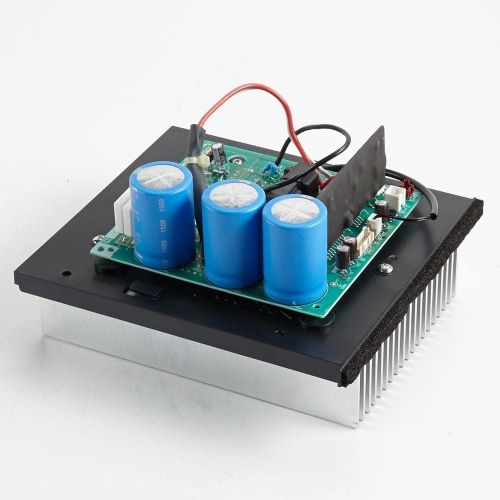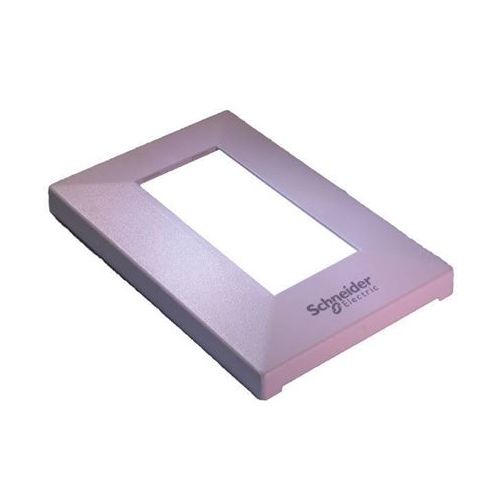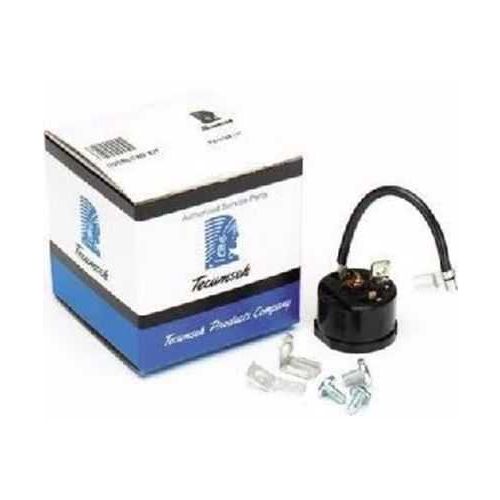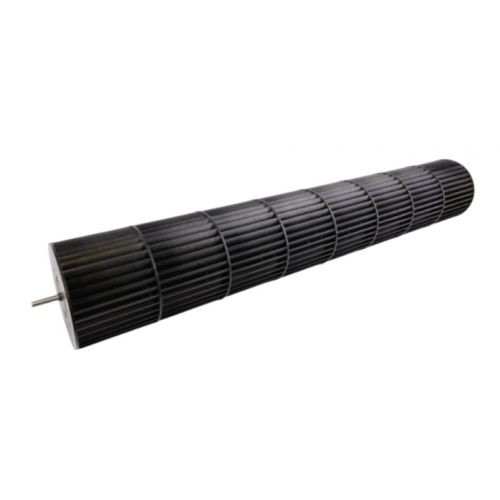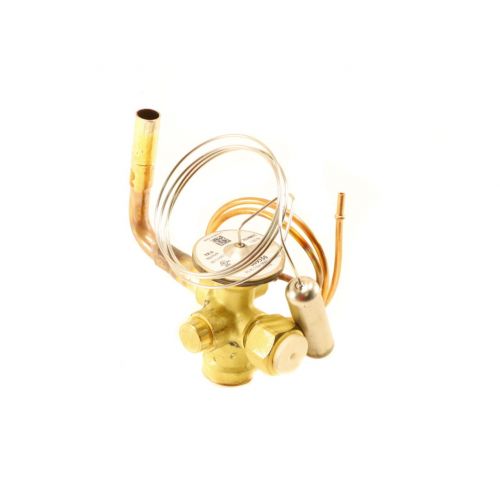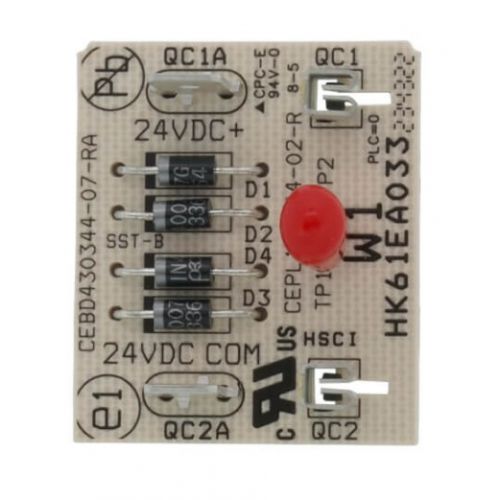Eco-Cooling Made Simple: Here's How Low-GWP Units Save Energy
In the quest to combat climate change, one of the most significant contributors to global warming is the use of refrigerants in cooling systems. From air conditioners to refrigeration units, these systems rely on refrigerants that often have high Global Warming Potentials (GWP). But there's a growing shift towards eco-cooling solutions that not only reduce energy consumption but also minimize the harmful effects on the environment. One such innovation is the adoption of low-GWP refrigerants, which are transforming the landscape of energy-efficient cooling. In this article, we will explore how low-GWP cooling units work, their energy-saving benefits, and why they are essential for a sustainable future. We'll also look at the key HVAC components that contribute to this energy-efficient cooling.
Table of Contents
Understanding Global Warming Potential (GWP)
Before diving into the specifics of low-GWP units, it’s important to understand what GWP means. The Global Warming Potential of a substance measures its impact on global warming over a specific time period, typically 100 years, compared to carbon dioxide (CO2). For example, carbon dioxide has a GWP of 1, while refrigerants like hydrofluorocarbons (HFCs) can have a GWP hundreds to thousands of times higher than CO2.
For many years, traditional refrigerants such as R-22 and R-134a were widely used in air conditioners and refrigeration systems. However, these substances have high GWP values, which means they contribute significantly to the greenhouse effect when they leak into the atmosphere. Consequently, governments around the world have set regulations to phase out high-GWP refrigerants in favor of more sustainable alternatives.
At PartsHnC, we provide high-quality HVAC parts to keep your systems running smoothly and efficiently. From durable compressors and reliable expansion valves to high-performance evaporator coils and condenser coils, we have everything you need for residential and commercial HVAC maintenance. Our parts are designed for long-lasting performance, helping you reduce energy costs and extend the lifespan of your systems.
The Rise of Low-GWP Refrigerants
Low-GWP refrigerants are designed to have a minimal impact on the environment, offering a sustainable solution for cooling systems. These refrigerants can be classified into several categories, including natural refrigerants and synthetic options.
Natural Refrigerants
Natural refrigerants, such as ammonia (R-717), carbon dioxide (R-744), and hydrocarbons (propane R-290), are gaining popularity due to their negligible GWP. Ammonia, for instance, has a GWP of 0, making it an ideal choice for industrial refrigeration systems. Carbon dioxide, with a GWP of 1, is another eco-friendly refrigerant commonly used in commercial cooling applications. Hydrocarbons like propane are also being increasingly used in small-scale cooling and refrigeration units.
Synthetic Low-GWP Alternatives
Synthetic refrigerants like HFOs (hydrofluoroolefins) have emerged as an effective alternative to HFCs. HFO-1234yf, for example, is widely used in automotive air conditioning systems and has a GWP of just 4, compared to the 1,430 GWP of the previously used R-134a. These synthetic refrigerants provide a balance between performance and environmental safety, offering low GWP without compromising efficiency.
Key HVAC Components That Help Low-GWP Units Save Energy
To fully appreciate the energy-saving benefits of low-GWP refrigerants, it’s important to look at the HVAC components that help these systems operate efficiently. The efficiency of HVAC systems relies on a variety of parts working in harmony. Here are five key HVAC components that play a crucial role in energy-efficient, low-GWP cooling systems:
1. Compressor
The compressor is the heart of any refrigeration system. It circulates refrigerant through the system, allowing the cooling cycle to take place. In systems using low-GWP refrigerants, compressors are optimized to work efficiently with these new refrigerants, which often have different thermodynamic properties compared to traditional refrigerants. For example, ammonia compressors are designed to handle the pressure and properties of ammonia, which is necessary for industrial applications. An efficient compressor reduces energy consumption by using less power to circulate the refrigerant.
2. Evaporator Coil
The evaporator coil is responsible for absorbing heat from the surrounding air. As the refrigerant passes through the evaporator, it evaporates and absorbs heat, thereby cooling the space. In low-GWP systems, evaporators are often designed to maximize heat transfer and improve efficiency. For example, CO2-based systems benefit from the higher heat transfer capacity of CO2 compared to traditional refrigerants, which means less energy is required to achieve the same level of cooling.
3. Condenser Coil
The condenser coil is where the refrigerant releases the heat it has absorbed from the indoor environment. In low-GWP systems, condensers are optimized to work effectively with the new refrigerants. For example, CO2-based systems require specially designed high-efficiency condensers to handle the unique properties of CO2, which operates at higher pressures than conventional refrigerants. Effective condensers help reduce energy usage by releasing heat more efficiently, lowering the need for additional power to maintain the cooling cycle.
4. Expansion Valve
The expansion valve regulates the flow of refrigerant into the evaporator. By controlling the pressure and temperature of the refrigerant as it enters the evaporator, the expansion valve plays a critical role in the system's efficiency. In low-GWP units, the expansion valve needs to be carefully calibrated to accommodate the specific refrigerant. For instance, systems using ammonia or CO2 require expansion valves designed for these refrigerants’ characteristics, ensuring that the cooling cycle runs efficiently and reduces energy consumption.
5. Thermostat and Sensors
Modern HVAC systems often include smart thermostats and sensors to monitor and control the temperature and energy use. These components play a crucial role in ensuring that the cooling system operates at optimal efficiency. For low-GWP systems, advanced sensors can detect fluctuations in temperature and adjust the operation of the compressor, fan, and other components accordingly. This precision reduces energy waste by ensuring that the system only works as hard as necessary to maintain the desired temperature.
Energy Efficiency: A Key Benefit of Low-GWP Units
One of the standout features of low-GWP cooling units is their ability to reduce energy consumption, leading to significant cost savings and a smaller carbon footprint.
1. Optimized Efficiency
Low-GWP refrigerants often operate more efficiently than their high-GWP counterparts. For instance, natural refrigerants like ammonia and carbon dioxide have excellent thermodynamic properties, meaning they require less energy to transfer heat compared to traditional refrigerants. This results in lower power consumption and reduced operating costs over the lifespan of the system.
The efficiency of low-GWP units is particularly beneficial in large-scale applications, such as industrial refrigeration and district cooling systems. These systems can run continuously for extended periods, and even small improvements in efficiency can lead to substantial energy savings.
2. Improved Heat Transfer
Low-GWP refrigerants also tend to have better heat transfer characteristics. For example, CO2 has a higher volumetric heat capacity than traditional refrigerants, which enables better heat absorption and release during the cooling cycle. This reduces the overall workload on the compressor and allows the system to operate more efficiently, thereby reducing energy consumption.
3. Reduced Peak Demand
As global temperatures continue to rise, cooling systems often operate at full capacity during peak summer months. This can lead to high electricity demand, which puts pressure on the grid and increases overall energy costs. Low-GWP cooling systems, thanks to their enhanced efficiency, can help reduce peak demand and mitigate the need for additional energy infrastructure.
Lower Carbon Footprint and Environmental Impact
Aside from their energy-saving capabilities, low-GWP units also have a significant positive impact on the environment. By using refrigerants with a lower global warming potential, these systems reduce the overall carbon footprint of cooling technologies.
1. Reduced Refrigerant Leaks
In traditional systems, refrigerant leaks are a significant source of greenhouse gas emissions. Over time, if a cooling unit develops a leak, the refrigerant can escape into the atmosphere, contributing to global warming. Low-GWP refrigerants, combined with improved leak-detection technologies, minimize the risk of refrigerant loss. Additionally, natural refrigerants like CO2 and ammonia have no direct global warming impact in the event of a leak, unlike synthetic refrigerants with high GWP values.
2. Long-Term Environmental Benefits
When low-GWP refrigerants replace older systems, the long-term environmental benefits are substantial. As more cooling systems adopt low-GWP refrigerants, the collective reduction in greenhouse gas emissions will help slow down the rate of climate change. Furthermore, many low-GWP refrigerants are non-ozone depleting, making them an eco-friendly alternative to older refrigerants like R-22, which contributed to the depletion of the ozone layer.
Conclusion: A Sustainable Future with Low-GWP Cooling Units
Low-GWP cooling systems represent a crucial step towards a more energy-efficient and environmentally responsible future. These units not only help reduce global warming potential and lower energy consumption, but they also offer businesses and consumers a sustainable way to keep cool without compromising on performance. With key HVAC components like compressors, evaporators, and expansion valves working together efficiently, low-GWP systems are poised to redefine the cooling landscape. As technologies evolve and regulations tighten, the widespread adoption of low-GWP units will play a pivotal role in reducing the carbon footprint of cooling systems worldwide.
FAQs
What refrigerant is being phased out in 2025?
The refrigerant R-22, commonly used in air conditioning systems, is being phased out by 2025 due to its high ozone depletion potential and global warming impact.
What is GWP in HVAC?
GWP (Global Warming Potential) in HVAC refers to a measure of how much heat a refrigerant traps in the atmosphere over a specified period, usually 100 years, compared to carbon dioxide (CO2).
How can I reduce my HVAC energy consumption?
To reduce HVAC energy consumption, ensure regular maintenance, seal air leaks, use a programmable thermostat, and switch to energy-efficient equipment or low-GWP refrigerants.



